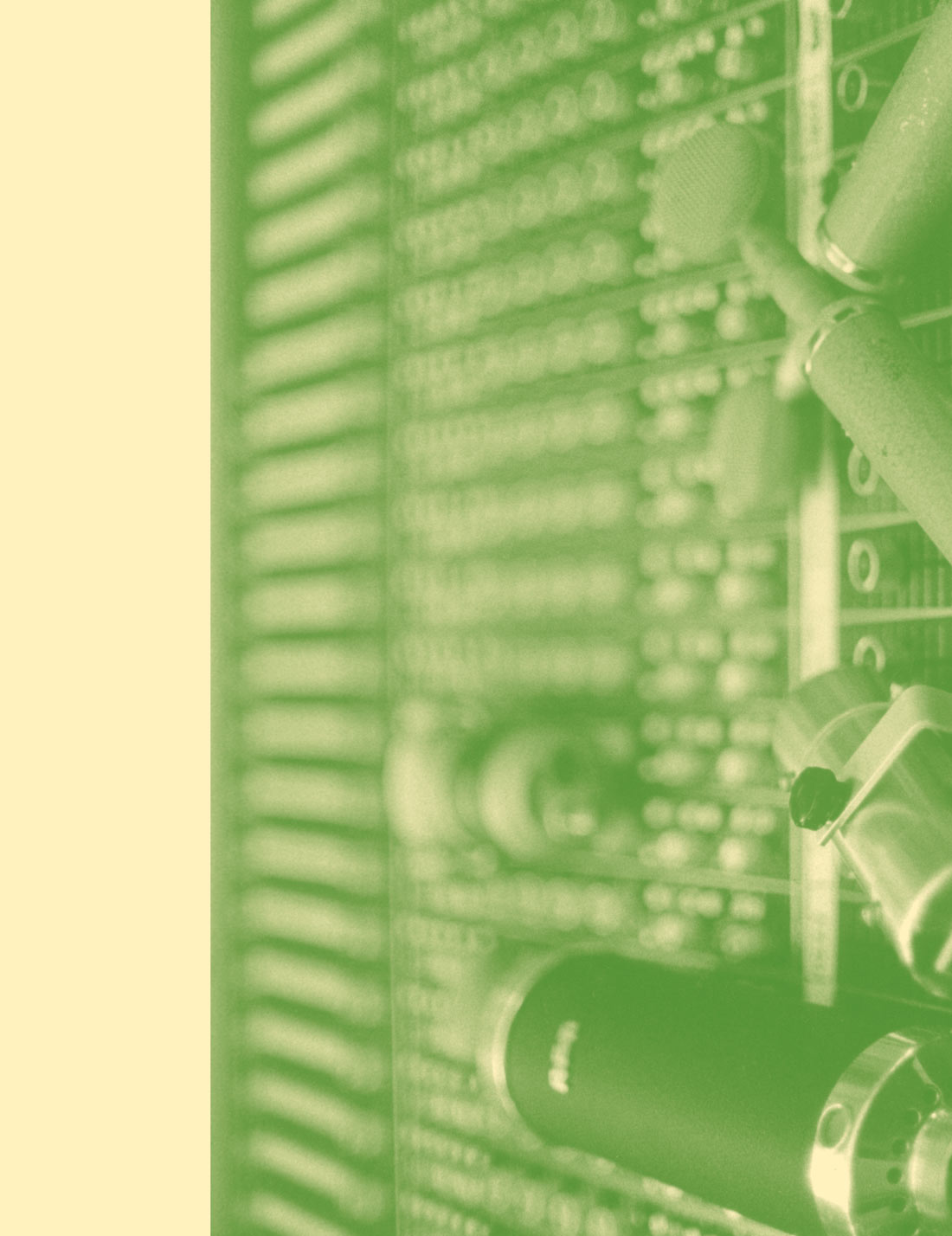The PEQ1 is a Class-A, discrete mic-preamp and equalizer that can be used as a replacement module in vintage Neve 80-series consoles. For those who don't have an 80-series, a 19'' rackmount version of the PEQ1 is available (with controls rotated 90 degrees). Despite the inevitable comparisons, the PEQ1 is not a Neve clone. Our testing proved it is a unique product that stands on its own merit.
Inspired by a one-of-a-kind console built in 1970 for John Paul Jones (of Led Zeppelin fame), the PEQ1 is the culmination of years of testing and development by Mike Castoro and the gang at Wunder Audio in Austin, TX. The inside of the PEQ1 is pristine, with meticulous wiring and impeccable soldering. Top-of-the-line components are used at every junction, highlighted by custom wound transformers. Made by the same craftsman who wound the original Zeppelin modules, the Wunder transformers are so beefy they barely fit in the unit's case.
We compared the PEQ1 against our preamp collection, including a vintage Neve 1073. The results were very pleasing. When level-matched, the PEQ1 and 1073 were similar. We could hear how they hail from the same family. Both are top-notch units, forcing us to make comparisons that amounted to "shall we drive the Porsche or the Ferrari?"
For most sources, the PEQ1 seemed to have more dimension and clarity than the 1073. On drums, you could hear the room surrounding the kit. In comparison, the Neve imparted a musical, round gauze to sounds. Woody tones inherent in a folk guitar or a maple snare drum sounded unbeatable when wrapped in that infamous Neve-sound. On distorted guitars, the choice was clearer-the Wunder blew the Neve away. In our tests, the 1073 sounded like an amp simulator or a recording of a guitar, while the PEQ1 gave the impression that we were in the room. This led us to the theory that the PEQ1 was particularly good at resolving fast or complex signals, while the 1073 handled slower, straightforward signals with aplomb.
Headroom is another area where the PEQ1 holds an advantage. With twice as many amplifier stages, the Wunder provides roughly double the gain of the 1073. On bombastic acoustic guitar or loud drums, the PEQ1 maintained a clear signal when the 1073 distorted. The additional gain stages make the PEQ1 a great option for line-level sources such as direct bass or acoustic guitar pickup.
The PEQ1's EQ section is more flexible than a 1073's, with 3 dB roll off points at 8.7 Hz on the low-end and 118 kHz on the top. In use, the PEQ1's low-end seemed a bit more focused on items such as kick and bass guitar. But both units were smooth and forgiving. If we had more time with the PEQ1, we would have tried it as a mix EQ just for good measure.
If you're contemplating a multi-purpose preamp, you would do well to consider the PEQ1. Given the thought, componentry, and craftsmanship that have gone into the PEQ1, it's no surprise that the unit can go toe-to- toe with a module of the caliber of a 1073. I highly recommend an audition. ($2250 MSRP; www.wunderaudio.com)




_disp_horizontal_bw.jpg)